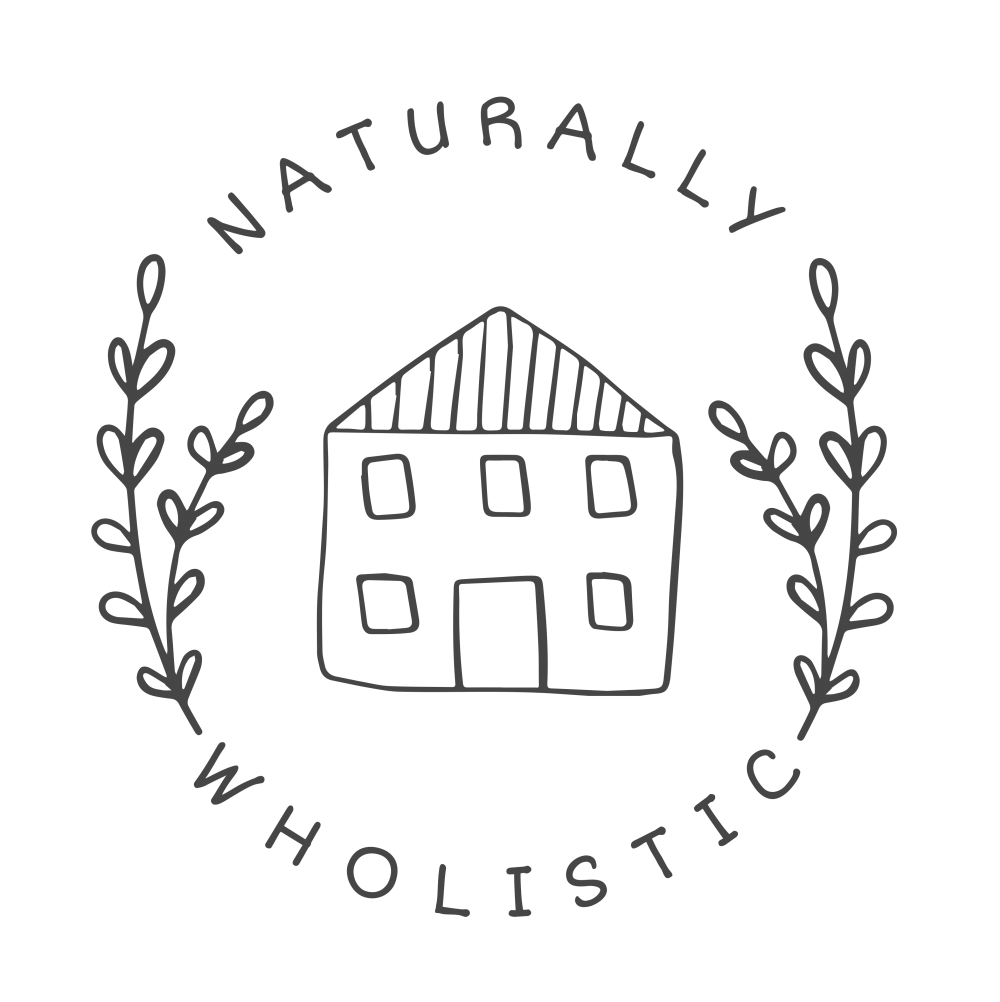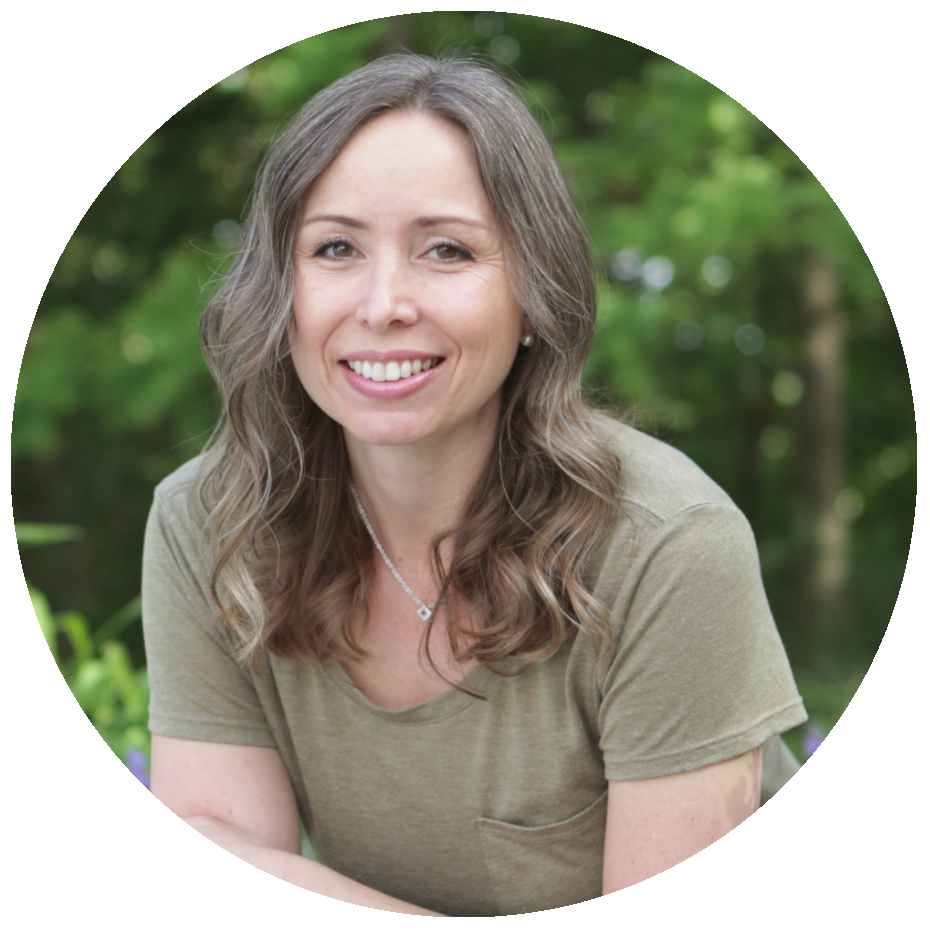This is PART II of a two-part post.
If you haven’t read the first post, please GO HERE first to read that part. This post will be a bit confusing to jump right into without the background information I published last week.
.jpg) There is so much convicting data in the newly-published California research, titled Paths to Prevention: The California Breast Cancer Primary Prevention Plan, so my hope is that more and more women will become empowered by the findings. The report is the “first-ever, comprehensive agenda for preventing breast cancer,” outlining many risk factors that may contribute to breast cancer diagnoses, and offering lifestyle interventions to lower or eliminate our risk as women. My goal is to simply to share the information, not to pass judgment on anyone’s choices. I am fighting my own battles with some of these risk factors and know fully that we are all on our own health journeys. I also know that lifestyle changes can be some of the hardest changes to make, but they are also the most impactful for our overall health.
There is so much convicting data in the newly-published California research, titled Paths to Prevention: The California Breast Cancer Primary Prevention Plan, so my hope is that more and more women will become empowered by the findings. The report is the “first-ever, comprehensive agenda for preventing breast cancer,” outlining many risk factors that may contribute to breast cancer diagnoses, and offering lifestyle interventions to lower or eliminate our risk as women. My goal is to simply to share the information, not to pass judgment on anyone’s choices. I am fighting my own battles with some of these risk factors and know fully that we are all on our own health journeys. I also know that lifestyle changes can be some of the hardest changes to make, but they are also the most impactful for our overall health.
Now that I’ve shared the first seven breast cancer risk factors in my previous post (alcohol consumption, chemicals in consumer products, diet & nutrition, ionizing radiation, light at night, non-ionizing radiation, and tobacco), I’m jumping right back in this morning to share the final nine:
8. Pharmaceutical Hormones. It’s well known now that HRT is a cancer risk, but it’s not as well known that there is a correlation with hormonal birth control as well. This has been a big issue for me because I spent almost all of my adult life on some type of hormonal birth. I didn’t know what I didn’t know, nor did I even recognize what it was doing to my body. Aside from creating crazy hormone imbalances in our bodies (linked to increased cancer risk), there are so many side effects to hormonal birth control. So. Many. Side effects. That’s why it’s essential that we educate girls and young women about the side effects, and teach body literacy so they can track and chart their cycles. It’s easy to do and it’s extremely empowering. Natural family planning (or “fertility awareness), when done correctly, is over 99% effective to avoid pregnancy. It’s all about tuning into ourselves and being mindful of the amazing way our bodies are designed. It’s really incredible what they’re capable of doing all on their own when healthy, without intervention or masking symptoms by using pharmaceutical hormones. The Fifth Vital Sign is a great resource that shares about how to chart our cycles, what our cycles can tell us about our overall health and vitality, and offers lots of great ways to to be more aware of our bodies..jpg)
9. Physical Activity. It’s well known that physical activity has all the health benefits. In addition to producing the awesome feel-good hormones, physical activity has the added bonus of protection against breast cancer. It’s important to be active in a way that brings you joy, so don’t be afraid to keep trying new activities until you find the right fit.
10. Place-Based Chemicals. Specifically, exposure to air pollutants, pesticides, water and soil contamination, and industrial pollutants are cited. We don’t have much control over the outside world, but we can control what we allow into our homes. It’s so, so essential that we pay attention to what’s in the products we’re using, and make alternative choices when necessary. Ditching the chemicals and switching to natural, plant-based products will help to clean up our indoor home air quality. Opening up the windows when possible, as well as keeping a few houseplants can also purify the air. Likewise, disposing of toxic pesticides like Round Up will make our families much healthier. Our surrounding natural ecosystem and bee population will also thank us. One last consideration is our water source, as many are contaminated with all kinds chemicals and, sadly, glyphosate is on that list. It’s not something to which we often give much thought, but having water tested for contaminants can be enlightening. Disturbing results can be easily mitigated with a water filtration system, with my absolute favorite being the Berkey.
11. Body Weight Over the Lifespan. Interestingly, their research shows a reduced risk of breast cancer with a higher BMI pre-menopause, and an increased risk of breast cancer with a higher BMI post-menopause. The authors note that more research is needed, but it appears that higher body fat in youth and childbearing years may be protective. Fascinating!
12. Breast Density. As a woman with extremely dense breast tissue, this risk factor is soberingly pertinent to me. Though it is very common and pretty normal for younger women to have some density, highly dense breasts are considered a risk factor for developing breast cancer. Knowing that breast density is not genetic for me personally, I am particularly interested in the correlation of density to factors like ionizing radiation, pharmaceutical hormones, menopause, air pollution, smoking, and body weight. The authors note that more research is needed, as very little has been done, but I certainly wonder if my years and years of hormonal birth control are a contributor. Likewise, my use of hormone disrupting products and overall unhealthy habits over the years didn’t do me any favors, as estrogen dominance has been strongly linked to breast cancer. Thoughts are mixed on the ability to mitigate dense breast tissue, but eliminating hormone disruptors is a great place to begin. Likewise, I’ve seen that some people have success with breast massage (also here) to break down the tissue. Regardless, it is very important to keep in mind that normal breast density lessens with age – some density is simply age-related in younger women and isn’t really a cause for concern!
13. Inflammation. Acute inflammation is the body’s normal healing response and typically not cause for concern. However, chronic inflammation can be a big issue, as it is a sign that the body is constantly working to correct an imbalance. The causes of chronic inflammation are many, including stress, insulin resistance, obesity, nutrient deficiencies, poor diet, sedentary lifestyle, hormone imbalances, medication side effects, cardiovascular disease, high blood pressure, autoimmune conditions, infection, free radical damage, etc. Though inflammation can ultimately be a symptom of many different conditions, it’s important to get to the root cause so it can be mitigated and controlled.
14. Microbiome. Research is still very young regarding the gut microbiome and cancer, but diversity is generally considered protective for overall health. That means consuming lots of probiotic-rich fermented foods (think sauerkraut, kimchi, yogurt) and drinks (like kombucha, water kefir, or milk kefir), along with gut-healing bone broth, can influence healthy immune function, healthy levels of estrogen and other hormones, and even inflammation responses. Experts are learning that there are an infinite number of ways in which a diverse gut flora can impact our health positively. It’s inexpensive to keep several varieties of raw (not pasteurized) sauerkraut or kimchi in the refrigerator to grab a few fork-fulls with a meal..jpg)
15. Stress. Research is a bit inconclusive about exactly how stress affects cancer risk, but it has definitely been linked to other illnesses, so it makes sense to me that chronic stress would most certainly increase the risk for breast cancer. Toxic stress and adverse childhood experiences (ACEs) are highly correlated to negative later-life health outcomes, so it’s extremely important that we all take self care seriously and find ways to mitigate stress however possible. It’s so pervasive in our busy go-go-go lifestyles these days, so taking some time for ourselves each day to find grounding and peace is an absolute must.
16. Vitamin D. A higher level of Vitamin D is linked to all sorts of protective health benefits. In fact, it’s been in the news over the last several months with regard to Covid-19 outcomes. Research also suggests that higher Vitamin D levels are likely protective against breast cancer, too. With so many Americans deficient in the “sunshine nutrient,” this seems like a vital place to consider supplementation, especially in the winter months. Of course, the optimal fix is to simply spend more time in nature, but our intensely busy lives offer limited opportunities, making it quite difficult to get all the Vitamin D we need for proper immune support. There are plenty of quality supplement companies on the market, but it’s essential to do your research before you buy. I like Young Living and Pure Encapsulation, and my kids like Mary Ruth Organics.
As I shared in the first post, the authors of the report do note several other risk factors that I chose not to cover here, so I encourage you to check out the full report if you’re interested in finding out more. It’s not that I felt those risk factors weren’t valid, it’s more that they’re simply not as easy to mitigate with lifestyle changes.
Now that you’ve read through all 16 risk factors, which one jumps out at you the most as needing to be addressed in your life? My advice is to start with that one, and go from there. It’s impossible to make many lifestyle changes all at once, but starting with just one is an attainable goal and can make all the difference in the world.
Please consider sharing with another woman in your life!






